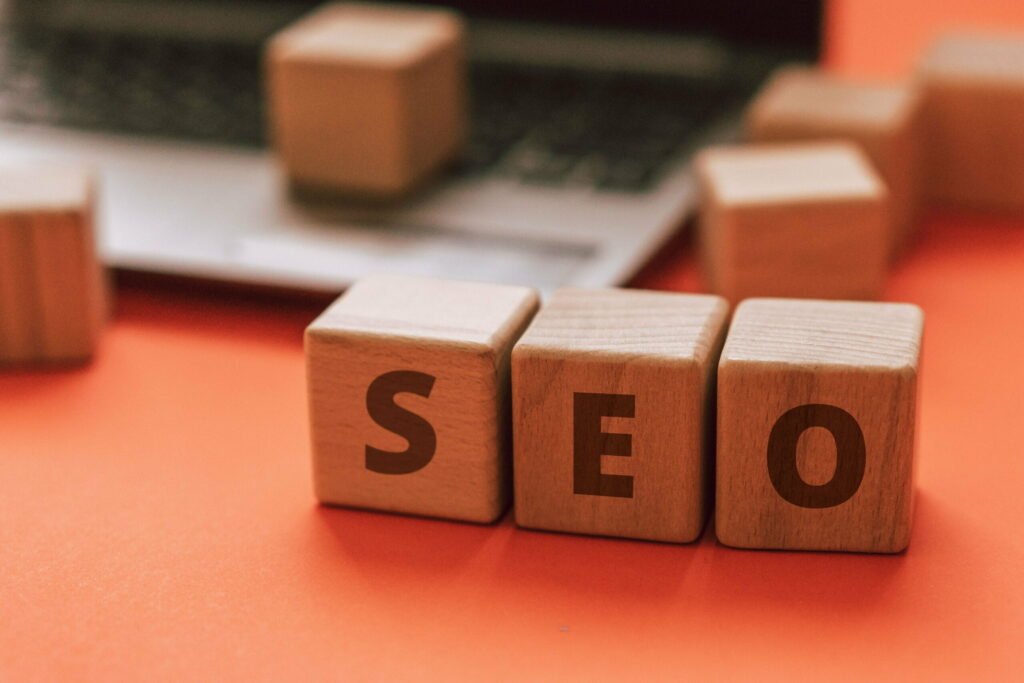![The ‘Giveaway Piggy Back Scam’ In Full Swing [2022]](https://www.cjco.com.au/wp-content/uploads/pexels-nataliya-vaitkevich-7172791-1-scaled-2-683x1024.jpg)

Prime Day 2023 Analysis: Unveiling Ecommerce Trends, BNPL Influence, and Transformative Consumer Behavior

As Seen On
Amazon’s much-anticipated Prime Day 2023 event has set another milestone in the ecommerce sector. Bolstered by a strong customer base and transformative consumer behavior, the 48-hour shopping extravaganza raked in $12.7 billion in sales, marking a 6.1% increase from 2022. The second day alone yielded a hefty $6.3 billion — a 6.4% Year-on-Year (YoY) rise.
This uptick in sales figures highlights Prime Day’s growing importance in the ecommerce ecosystem. Not only is it forging new paths for Amazon, but also influencing strategies for both offline and online competitors.
The Buy Now Pay Later (BNPL) trend has been a standout feature of Prime Day 2023. It saw a 21% surge on the shopping event’s second day, playing a significant role in pushing higher order values. The flexibility to split payments without interest charges is particularly appealing for consumers intent on purchasing big-ticket items. This becomes even more relevant as discounts were fairly modest this year compared to previous ones.
Amazon’s overall discounting strategy has been a key point of discussion. Unlike prior years where consumers were greeted with massive discounts, Prime Day 2023 saw a more modest approach to price-cuts. Possible reasons for this include inflated prices due to rising production costs and businesses aiming to shore up profit margins. A comparison with 2023’s Independence Day sales also revealed a similar discounting pattern, further emphasizing Amazon’s cautious approach.
The event was by no means a dampener in terms of interest in certain product categories. Electronics, Food and Beverage, Active Apparel, and Footwear recorded YoY online sales growth, dispelling any fears of discounting slowing down consumer spending. Adobe Analytics’ sales data indicated electronics were the top-sellers, a testament to the growing consumer dependency on technology in a post-pandemic era.
From a consumer perspective, there has been a discernible shift in shopping behavior. Data from Salesforce shows that today’s consumers are more willing to research products for longer periods before purchasing. They are also increasingly willing to pay a premium, even if discounts are not significant.
Then comes the fresh influence of Retail Media Networks (RMNs). The spotlight is on how these platforms have evolved as essential tools for connecting brands with consumers. RMNs have enjoyed their share of the Prime Day pie, enabling brands to amplify their product visibility through strategic advertising on ecommerce platforms.
In conclusion, Prime Day 2023 furnishes a richer understanding of the changing dynamics in the ecommerce sector. With the rise of trends like BNPL and RMNs and subtle changes to consumer preferences and behavior, the event paints a complex yet fascinating picture of online retail’s future. It is a clear gauge that the industry will continue to see shifts and changes, from ecommerce giants to startups – each influenced by this pivotal event.
Casey Jones
Up until working with Casey, we had only had poor to mediocre experiences outsourcing work to agencies. Casey & the team at CJ&CO are the exception to the rule.
Communication was beyond great, his understanding of our vision was phenomenal, and instead of needing babysitting like the other agencies we worked with, he was not only completely dependable but also gave us sound suggestions on how to get better results, at the risk of us not needing him for the initial job we requested (absolute gem).
This has truly been the first time we worked with someone outside of our business that quickly grasped our vision, and that I could completely forget about and would still deliver above expectations.
I honestly can't wait to work in many more projects together!
Disclaimer
*The information this blog provides is for general informational purposes only and is not intended as financial or professional advice. The information may not reflect current developments and may be changed or updated without notice. Any opinions expressed on this blog are the author’s own and do not necessarily reflect the views of the author’s employer or any other organization. You should not act or rely on any information contained in this blog without first seeking the advice of a professional. No representation or warranty, express or implied, is made as to the accuracy or completeness of the information contained in this blog. The author and affiliated parties assume no liability for any errors or omissions.

